Nutanix CEO On ‘Areas Of Concern’ In VMware-Broadcom Deal For Customers And Partners
Nutanix CEO and former VMware top executive Rajiv Ramaswami explains why VMware partners and customers should be concerned about the future of VMware after Broadcom completes its planned acquisition of the virtualization tech developer, likely later this month.
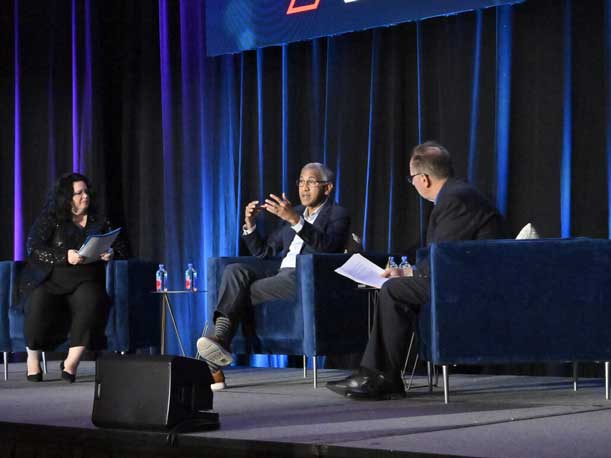
(From L-R) CRN Executive Editor Jennifer Follett, Nutanix CEO Rajiv Ramaswami, CRN Editor News Steven Burke
Nutanix CEO Rajiv Ramaswami says there are many “areas of concern” for VMware partners and customers with Broadcom’s acquisition of VMware likely closing within a few weeks.
Ramaswami worked in top executive positions at both VMware and Broadcom before taking over the reins at hyperconverged software and hybrid cloud superstar Nutanix in 2020. He said he knows what happens when Broadcom acquires a company.
“Customers are not necessarily very happy. They typically will see pricing going up, roadmaps potentially getting shrunk, some products being divested, and support levels potentially coming down,” said Ramaswami in a Q&A session at the 2023 XChange Best of Breed conference. “VMware, of course, is being used for mission critical workloads by many customers. These are areas of concern [for customers].”
[Related: Nutanix Revamps Rebates, Launches Drive For Partner Autonomy]
Ramaswami, who worked at Broadcom until it was acquired by Avago in 2016, said the company’s acquisition “playbook” has been consistent for years, such as with Broadcom’s previous purchases of CA Technologies and Symantec.
“The playbook for VMware is going to be very consistent as well: focus on the top customers. In the case of VMware they said, maybe around 1,500 to 2,000 customers,” he said. “They’re going to focus on optimizing costs quite a bit.”
“All the 2,000 customers at the top, Broadcom can take direct. And they have, in the past, taken them direct,” said Ramaswami. “So channel partners may not have a role in those companies.”
Broadcom’s Pending Acquisition Of VMware
In May 2022, San Jose, Calif.-based Broadcom unveiled its plan to acquire Palo Alto, Calif.-based VMware for $61 billion. At the time, the companies had a combined 55,000 employees and a market capitalization of $267 billion. The planned acquisition stalled on several occasions over the past 18 months as the companies sought regulatory approvals.
However, Broadcom expects to officially close its purchase of VMware on Oct. 30, 2023.
“[Customer] options are: stick with VMware, which some of them will probably do; go to the public cloud, which of course they’re trying—it’s not so easy just to migrate overnight to the public cloud—or look at an alternative like Nutanix, where we’ve had a long history of working with customers and converting them over,” said Nutanix’s CEO, who was previously chief operating officer of Products and Cloud Services at VMware.
In an interview with CRN, Ramaswami explains how VMware partners could lose customers once the deal closes, Nutanix’s gameplan to capturing concerned VMware customers, and how Nutanix partners can make money by winning over VMware customers.
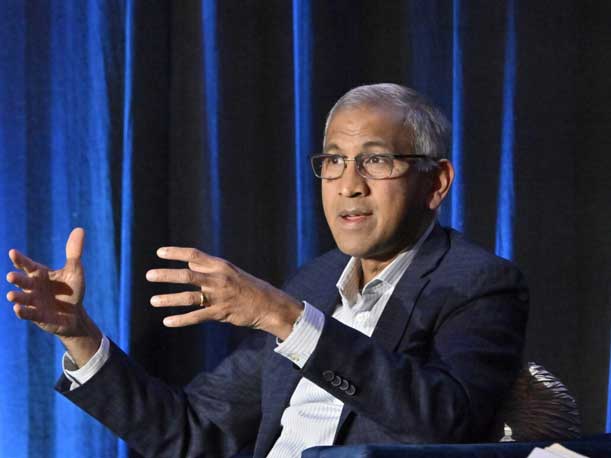
Broadcom’s Acquisition Strategy 101
Their business model fundamentally is: buying mature companies that have stickiness in the market and maximize the value you can get out of them for the next three to five years.
It’s based on a model of continuous acquisition and optimization. They’ve done that really well. They started out doing that to the semiconductor space. They tried to buy Qualcomm - it didn’t succeed and they weren’t allowed to do so. Then they turned their attention to software companies.
They’ve bought Brocade. Then they bought CA [Technologies] and Symantec. And the playbook has been very consistent. The playbook for VMware is going to be very consistent as well: focus on the top customers. In the case of VMware they said, maybe around 1,500 to 2,000 customers. They’re going to focus on optimizing costs quite a bit. They said they will double the EBITDA [earnings before interest, taxes, depriciation and amortization] within a matter of three years or so.
So what does that mean for all of us in the room here? There’s some good news and bad news here. Broadcom has done a phenomenal job of executing on their model. They’ve shown that. They’ve grown time and time again. I would assume that they would execute the same way here as well.
Now when that happens, customers are not necessarily very happy. VMware, of course, is being used for mission critical workloads by many customers. These are areas of concern [for customers].
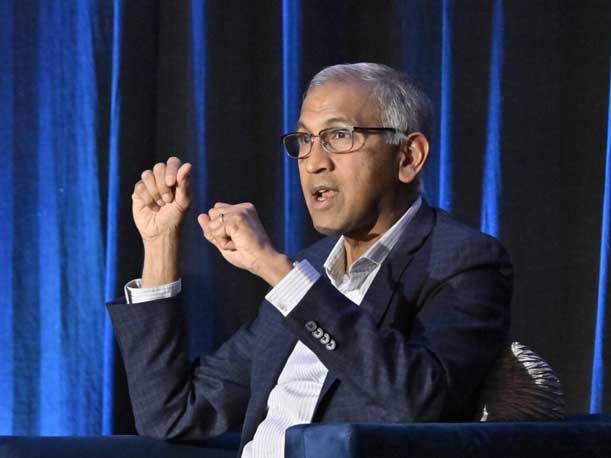
Broadcom Will Take Top Customers Direct; VMware Customers Looking For Alternatives
What we’ve seen ever since the acquisition was announced, is that companies are looking to reduce their risk: either by looking at alternatives and trying to think through how they can manage the risk of this so that they have a plan B over time.
Some of them are more immediate. Some of them are looking and taking a wait and see approach. Now for U.S. channel partners, it’s both an opportunity and a threat.
All the 2,000 customers at the top, Broadcom can take direct. And they have, in the past, taken them direct. So channel partners may not have a role in those companies.
But on the other hand, there are many customers below that who are going to be wide open, entirely up to the channel. So you could look at that as a positive. But you will likely see pricing changes. You will likely see not much support, and your customers are not going to be happy. So your customers are looking for alternatives. If you are not in front of this, you might lose that customer over time.
So that’s something that you have to pay attention to. Now, when we talk to our customers, what are their options really? Their options are: stick with VMware, which some of them will probably do; go to the public cloud, which of course they’re trying (to do)—it’s not so easy just to migrate overnight to the public cloud—or look at an alternative like Nutanix, where we’ve had a long history of working with customers and converting them over.
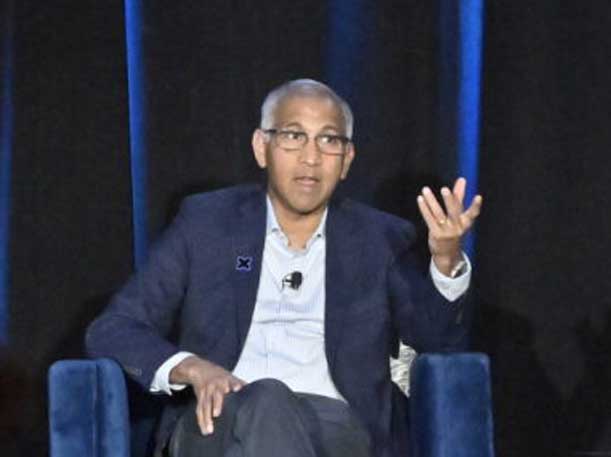
Nutanix’s Channel Attack Once Broadcom-VMware Deal Closes
We are providing more incentives for new logos. New logos for us may not be new logos for you, but if you bring in VMware logos—you’re going to get more money with us for sure.
We are looking at more customized takeout programs for VMware, essentially, to provide customers a guided path. So many customers will have VMware ELAs that will run out at a certain point. And during that period, they may not want to dual-invest.
So we can help with some of that with some programs in a programmatic way. We’re looking at that as an option. Of course, we’re also investing in enabling and making sure all of you to be able to understand what’s going on there and be able to be in front of your customers and be able to articulate the Nutanix story.
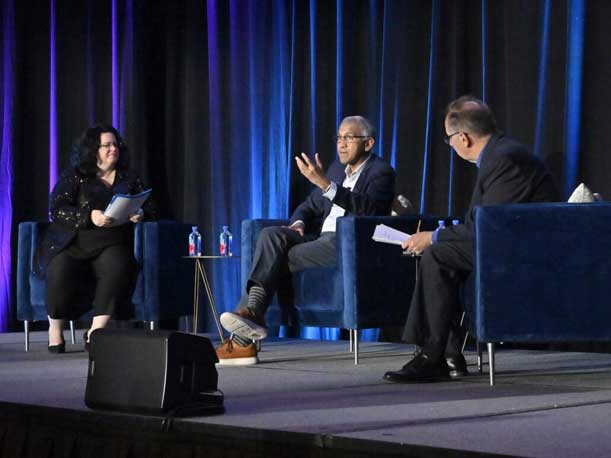
VMware Customers Will ‘Become Aware Very Soon’ Of Changes; Partners Need To Be Ready
Partners shouldn’t rest and take it easy because this is something that you have to manage actively with your customers. They’re already concerned about it. They’re all in various stages.
Some of them hate the fact that they’ve had to deal with this with CA [Technologies[ and Symantec and others. Others are blissfully unaware. But they’re all going to become aware very soon, because you’re going to start seeing the impact of some of the changes once the deal closes.
So if I were you, I would be proactively having this conversation with your customers. Make sure that you’re with them on their journey, because there’s a risk that you might lose your customer if you’re not close to them as they make whatever decisions they are going to make in terms of their future direction.
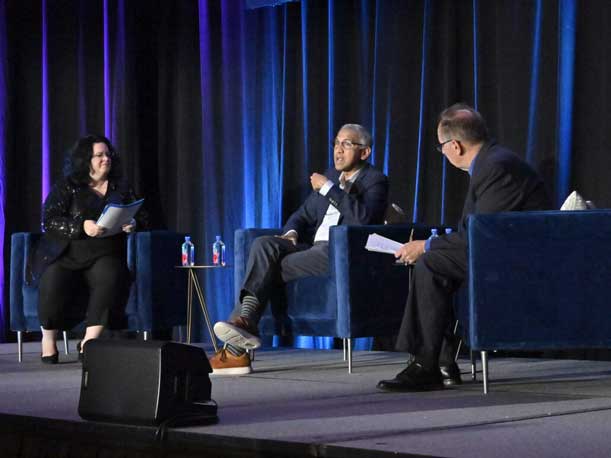
Nutanix’s Innovation Roadmap Is Solid
Just to give you a data point. Today we have about 25,000 customers. We introduced our hypervisor AHV (Acropolis Hypervisor) back in 2015. If you look at our installed base of customers today, about 65 percent of the workloads today are running on AHV. In 2015, guess what? All of them were running on ESX in VMware. So that’s a big change.
I can’t fully comment on what Broadcom is going to do. I can speak more for myself.
We are committed to continued innovation and growth. In fact, we just came off our investor day in New York where we said we’re going to be a $3 billion ARR [annual recurring revenue] company by FY 2027. That’s 20 percent ARR growth between now and then. You don’t grow without innovation.
From an R&D perspective, our ratio of R&D to sales is one of the highest in terms of driving innovation. So we are investing in scaling up our platform and in more data services. We recently introduced ransomware protection, which is something that everybody cares about.
Not just ransomware recovery—which is after the attack has happened and you want to recover it, a lot of backup vendors can do that—but we can actually stop ransomware attacks and protect them as they happen. So that’s an example of an innovation. Project Beacon is another example of us investing in R&D. And also hybrid cloud. So we are committed to continuous innovation and growth through innovation.
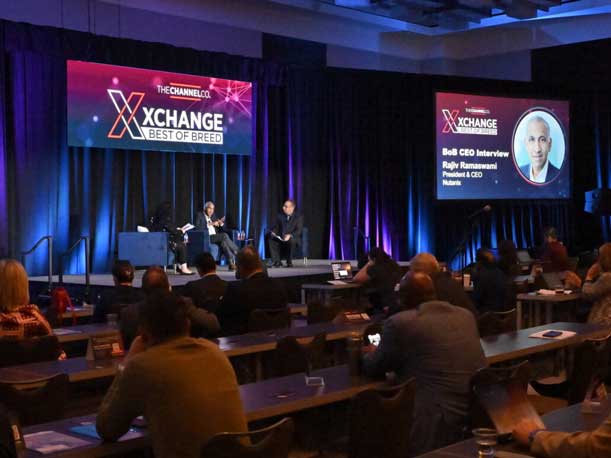
Nutanix’s Partner Commitment And New Channel Investments
[We recently committed to investing] tens-of-millions of dollars. It’s a pretty significant investment we’re making in the channel.
We also have segmented how we go to market. There’s an entire tier, at the lower end, that we expect is going to be entirely channel-led. We’re not going to have our sellers there. We’re going to give that trust in you as channel partners to go run with that.
You’re going to have a lot more incentives and money to be made there. Because that’s going to be you leading the charge in that segment.
Then at the very top, we’re going to be co-selling. We’re going to be selling together with you. You’re not going to go to a Fortune 10 company just all by yourself. We need to do that with you to help solidify those. But there’s a good chunk of our business down below where we have taken the leap of saying, ‘This is going to be channel-led for us.’
Then we have invested in enabling you to be able to do more yourself. We are always going to be there to help support you. But we’d like you to go and be able to do more yourself, which means we can all go together: drive deals faster, close deals faster, and upsize deals as well.
I want us to fundamentally have you folks drive leverage for us. We’re a $2 billion company today, with 25,000 customers. We’re going to be a $3 billion company, hopefully with a lot more customers, and you folks can help us scale much faster than we can just by investing our own resources.